Plans for a new LEAF Electric Vehicle with autonomous drive functionality for single-lane motorway driving, have been unveiled by Nissan CEO Carlos Ghosn.
Estate Car, Hatchback, News, Technology
Estate Car, Hatchback, News, Technology
Plans for a new LEAF Electric Vehicle with autonomous drive functionality for single-lane motorway driving, have been unveiled by Nissan CEO Carlos Ghosn.
Electric, News, Quirky, Technology
The 2017 Consumer Electronics Show (CES) in Las Vegas has seen Hyundai unveil its new portable mobility concept – the IONIQ Scooter.
Autonomous, Design, News, Technology
With fully automated driving in mind, BMW has presented a ‘i Inside Future’ sculpture, at the Consumer Electronics Show, focusing on the opportunities and challenges presented by driverless vehicles.
Concept Car, People Carrier, News, Technology
A new design study from Toyota has been revealed at the 2017 Consumer Electronics Show in Las Vegas.
The 2017 Consumer Electronics Show (CES) in Las Vegas will see an unveiling of Hyundai’s vision for future mobility.
Autonomous, Hybrid, News, Technology
Just in time for January’s big shows – CES in Las Vegas and the Detroit Auto Show – Ford is introducing its next-generation Fusion Hybrid autonomous development vehicle.
Making its debut next month at the 2017 Consumer Electronics Show (CES), BMW’s HoloActive Touch system is said to offer a glimpse into the interior of the future.
City Car, Electric, News, Quirky, Autonomous
Swiss automotive think tank Rinspeed is to debut its Oasis compact urban electric vehicle concept at the Consumer Electronics Show (CES) in Las Vegas.
Concept Car, Motorshow, People Carrier, News








Making its world debut at the Consumer Electronics Show (CES) in Las Vegas, the BUDD-e minivan concept represents Volkswagen’s view of the future of the family transport.
The zero-emission van is the first Volkswagen concept car based on the new Modular Electric Drive Kit (MEB), which has been specifically tailored for the use of compact electric motors and high-performance batteries.
The flat and space-saving battery with an energy content of 92.4 kWh is integrated into almost the entire vehicle floor of the BUDD-e, powering two electric motors driving both axles.
The front motor produces 110 kW, while the rear produces 125 kW, resulting in a top speed of 112 mph with acceleration from 0 to 60 mph in less than 7 seconds.
VW estimates that the battery will deliver a real-world driving range of up to 233 miles (EPA), enabling the BUDD-e to be used as the primary car in a household. The battery can be charged either by plugging it into a power socket or using inductive charging. An 80 percent charge can be achieved in about 30 minutes at a charging power of 150 kW (DC).
While paying tribute to the classic T-series minivans, Volkswagen says the concept’s design sets its sights firmly on the immediate future.
In terms of length, the BUDD-e sits between the Touran and the Multivan T6, although it is wider than both, and the MEB platform has enabled the designers to optimise its interior dimensions.
The heating and air conditioning unit system has been completely integrated in the front end of the car, creating more space for front seat passengers while at the same time improving acoustics thanks to a reduction in fan noise.
The BUDD-e becomes part of the Internet of Things, offering networked access to your home or your workplace. Equipped with next generation Infotainment for a completely new method of intuitive operation and information processing, buttons and switches are replaced by touch and gesture controls while individual displays blend into large infotainment panels and rear-view mirrors make way for digital screens.
VW says the matrix of these new, interactive infotainment and operating systems gently launches passengers aboard the Volkswagen concept car forward - to the end of the decade.
The Consumer Electronics Show runs from 6-9 January.
Concept Car, Events, News, Motorshow, Supercars








Automotive newcomer, Faraday Future (FF), has introduced its plan to rethink mobility, unveiling the FFZERO1 Concept, which is making its public debut at the Consumer Electronics Show (CES) in Las Vegas.
The company’s first ever concept is a high performance electric vehicle built upon FF’s Variable Platform Architecture (VPA), a modular engineering system optimised for electric vehicles, on which all future FF production vehicles will be based.
The VPA is designed to minimise production costs, deliver quality and safety, increase speed to market, and support a range of different vehicle types and sizes.
The high performance FFZERO1 Concept was applied to the VPA in order to maximise the platform’s potential and showcase its flexibility.
It features adaptive personalisation, seamless transfer of custom vehicle configurations, access to live images and real time data visualisation. The smartphone has been directly integrated into the steering column, enabling it to serve as the interface between the vehicle and the driver in – and outside – of the car.
The FFZERO1 Concept could be fully autonomous, meeting its driver at the track and perhaps taking a few perfect laps on its own to compare with, and improve upon, its driver’s performance.
The interior, primarily white with a carbon fibre finish, features a NASA-inspired single-seat configuration, offering a comfortable, weightless body position, says FF, holding the driver at a perfect 45-degree angle, thereby helping to promote circulation.
The propeller-shaped, asymmetric instrument panel is a theme that will be incorporated into the future FF design DNA. It runs seamlessly into a Halo Safety System with integrated head and neck support, oxygen, and water supply fed to the driver through a prototype helmet. The system could also gather biometric data about its driver.
Utilising lightweight materials and composites on the VPA platform, the FF design team experimented with new driver-focused proportions, pushing the canopy forward for a perfectly aerodynamic teardrop profile.
“The FFZERO1 Concept is an amplified version of the design and engineering philosophies informing FF’s forthcoming production vehicles,” said Richard Kim, head of design, Faraday Future. “This project liberated our designers and inspired new approaches for vehicle forms, proportions and packaging that we can apply to our upcoming production models.”
Powered by four motors, one at each wheel, the FFZERO1 is built for the track. If developed for limited production, it will have more than 1000 horsepower and will accelerate from zero to 60 in under three seconds, with a top speed in excess of 200 miles per hour.
FF has also announced a strategic cooperation with global technology brand, Letv. The two companies will build advanced electric vehicles by bringing together resources from four domains: technology, automotive, internet and cloud, and entertainment content.
Headquartered in California, the FF team is composed of experts in automotive, aerospace and technology fields who believe the future mobility experience should integrate seamlessly to the connected age.
The company plans to invest 1 billion US Dollars in the creation of a manufacturing facility in North Las Vegas. The company is set to break ground on this phase one investment in the next few weeks, and ultimately employ 4,500 people.
Concept Car, News, Motorshow, Sports Car, Technology
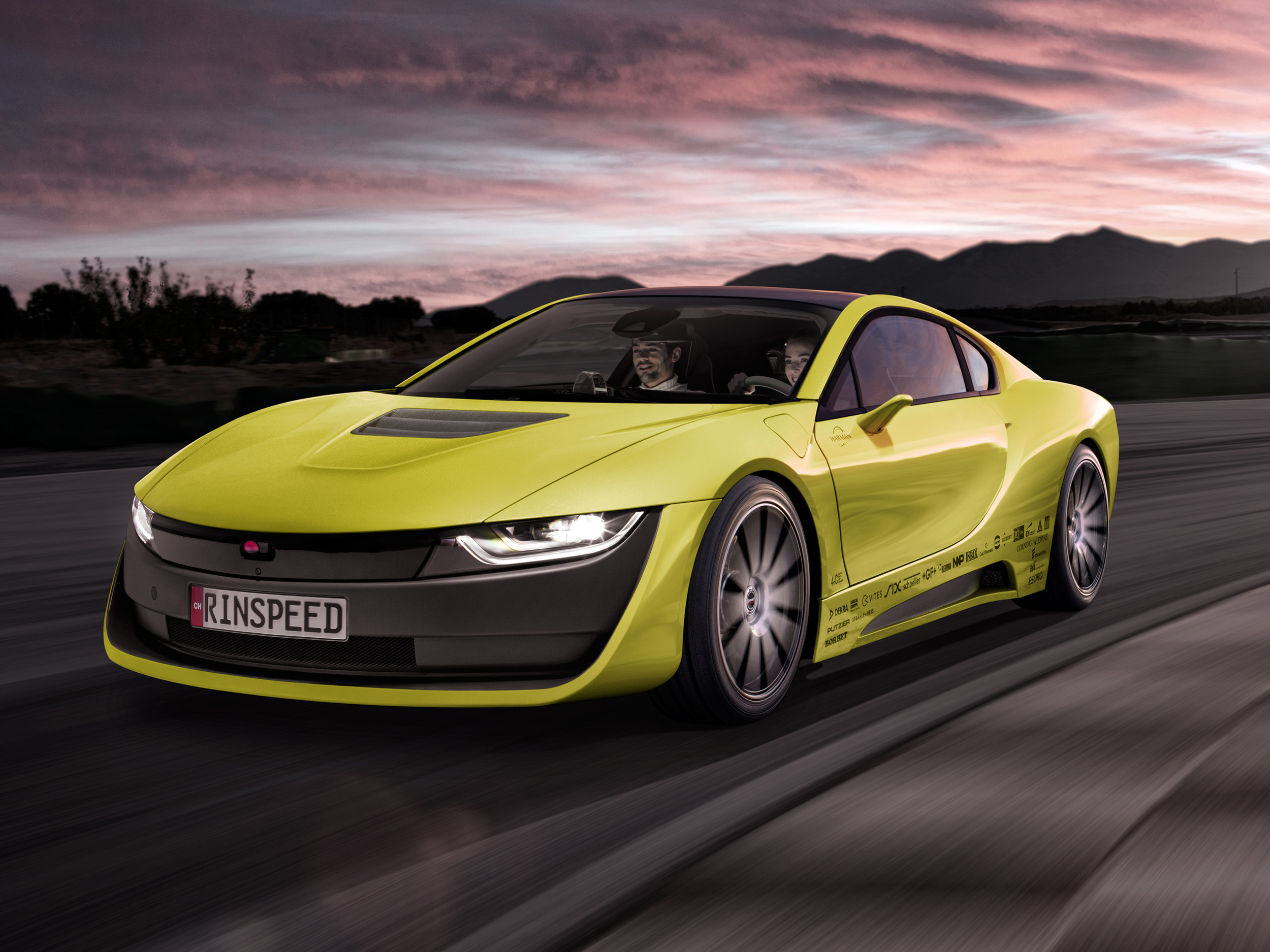

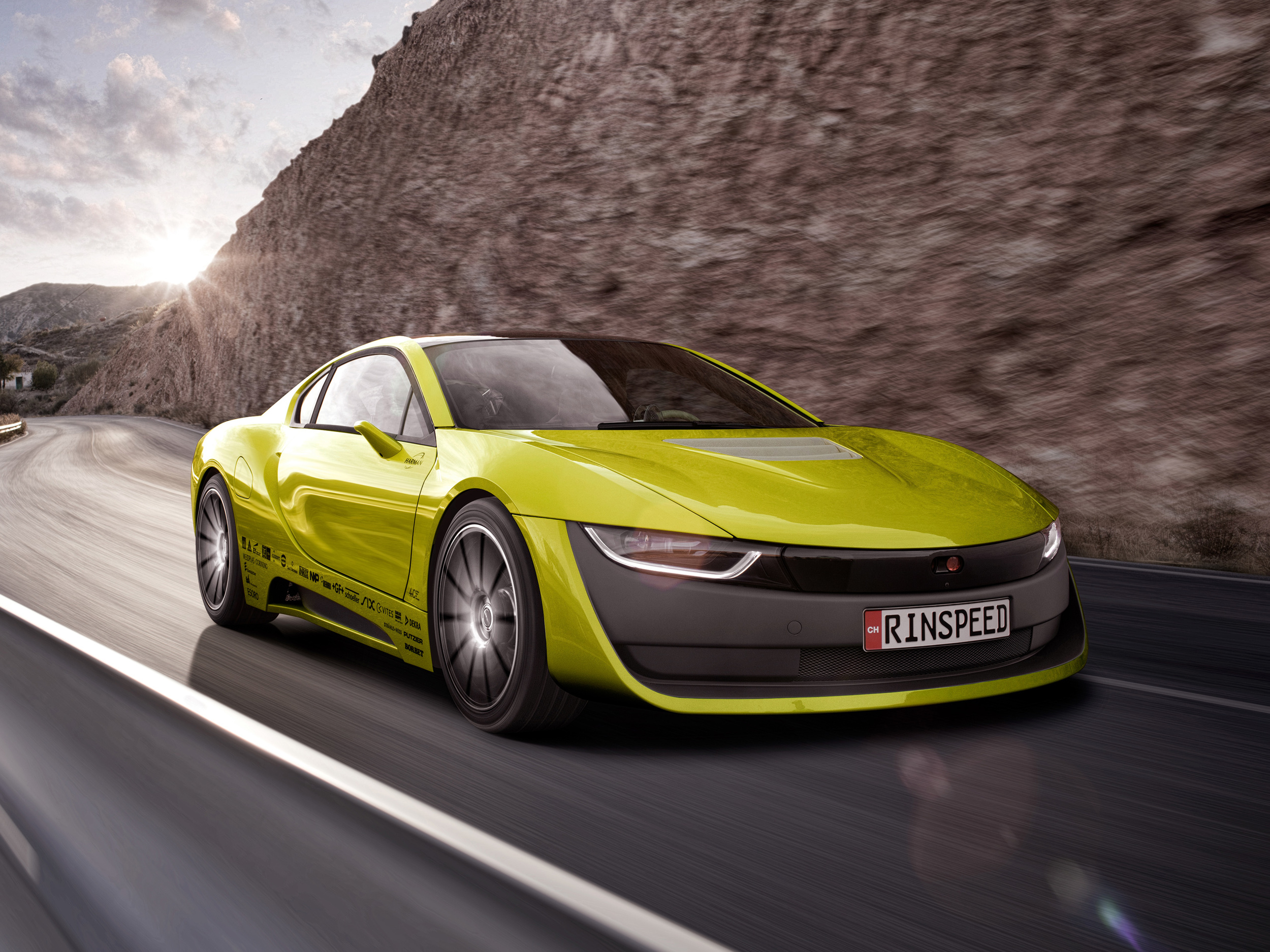

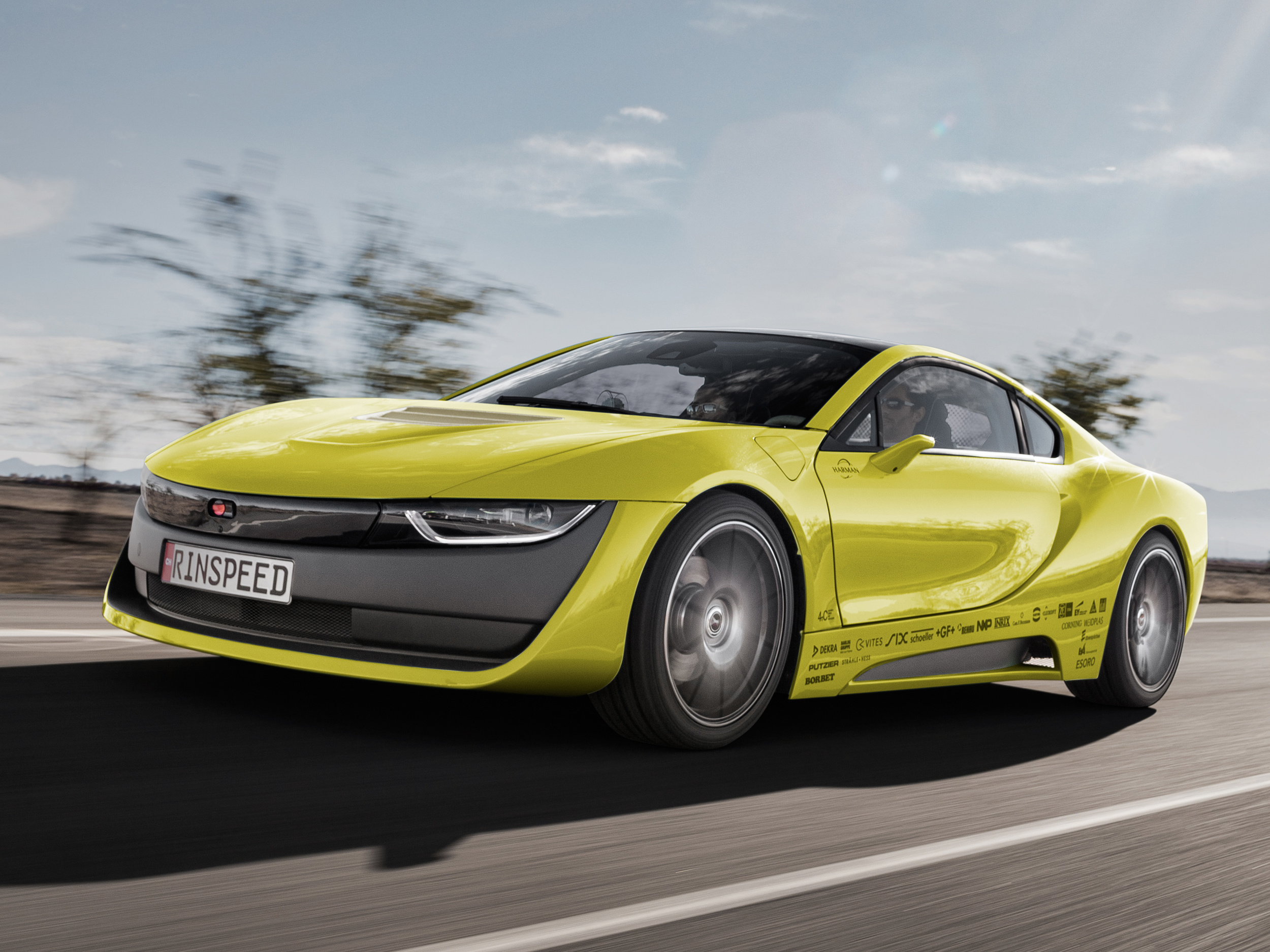
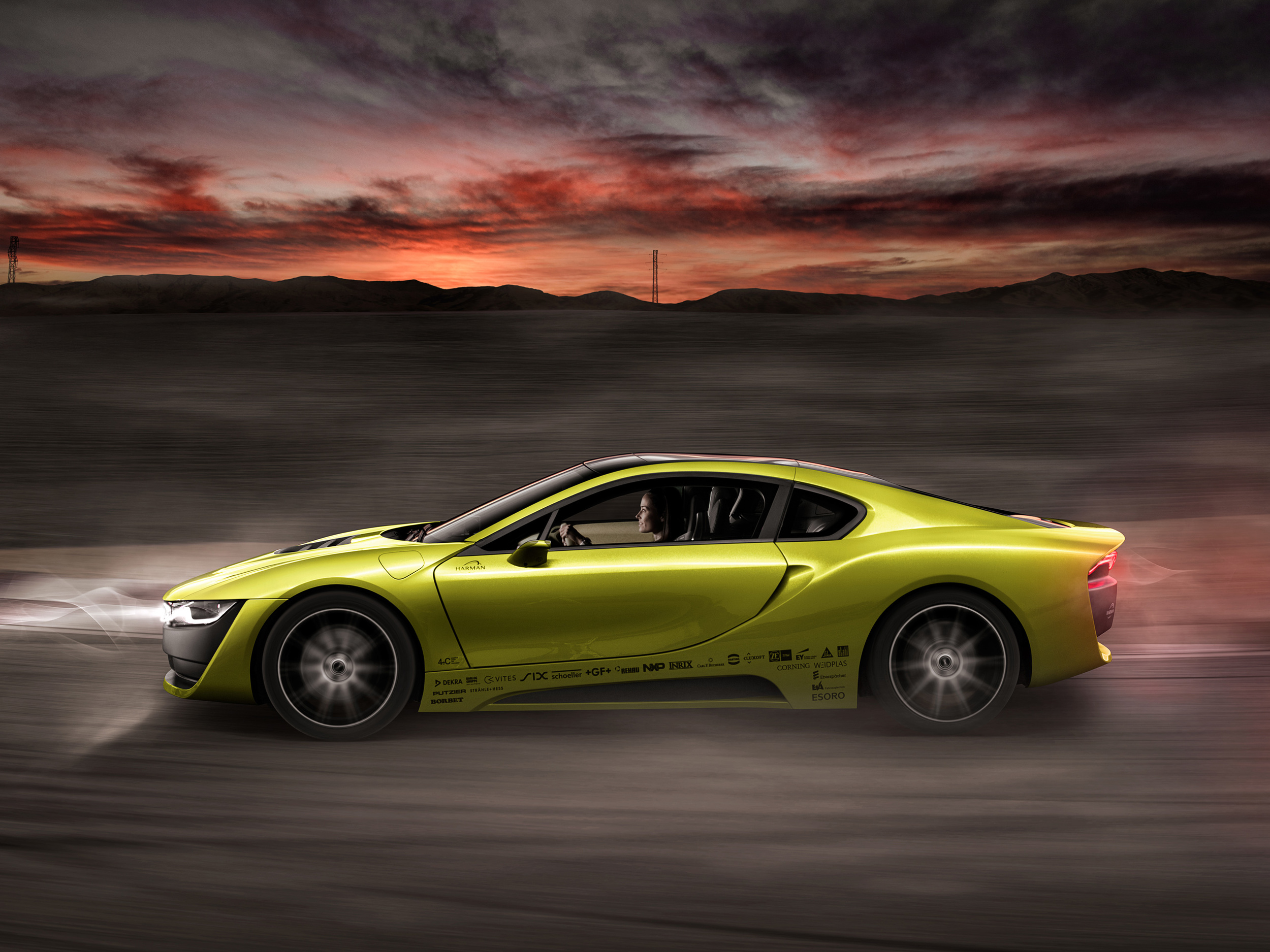
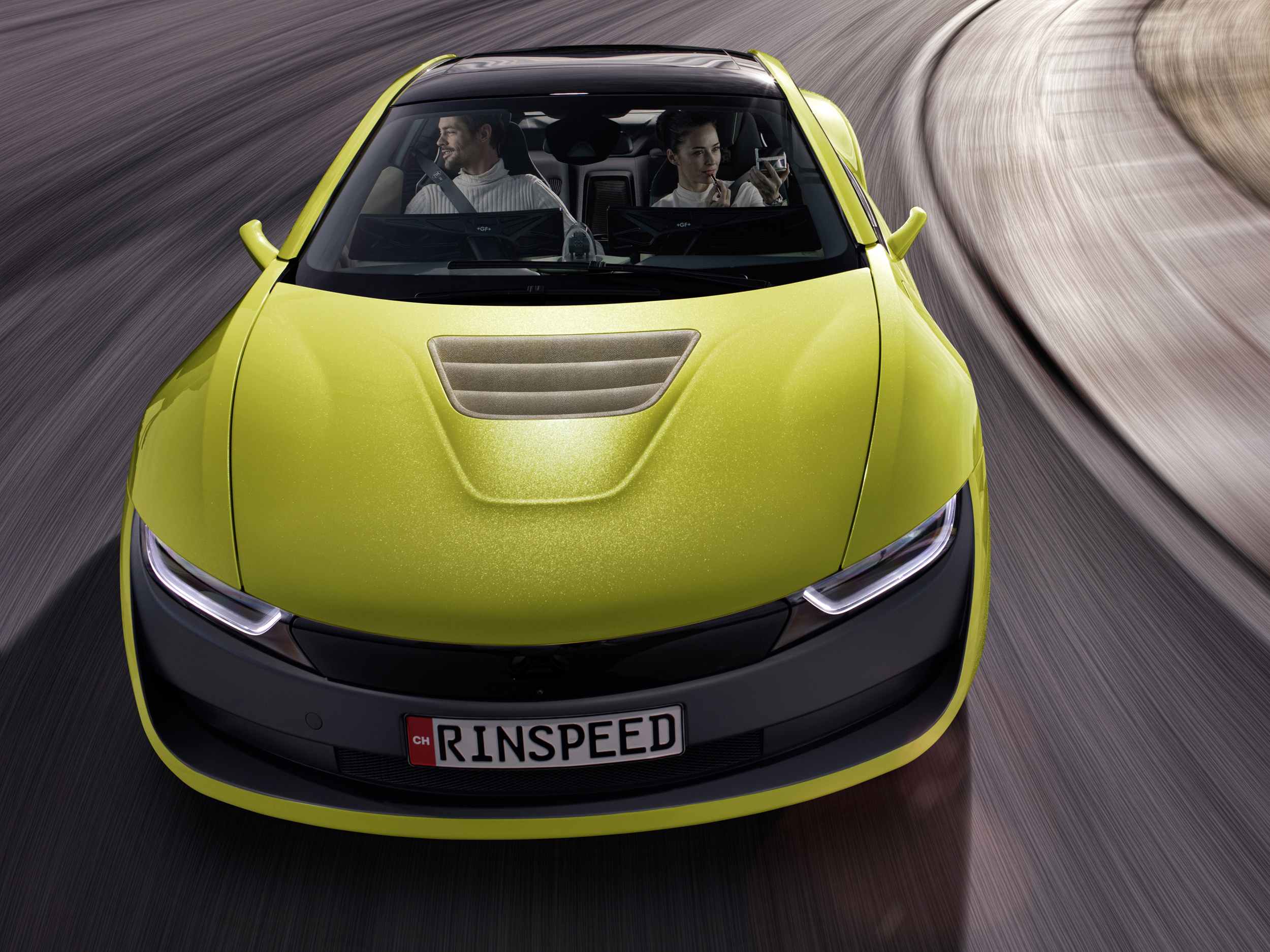
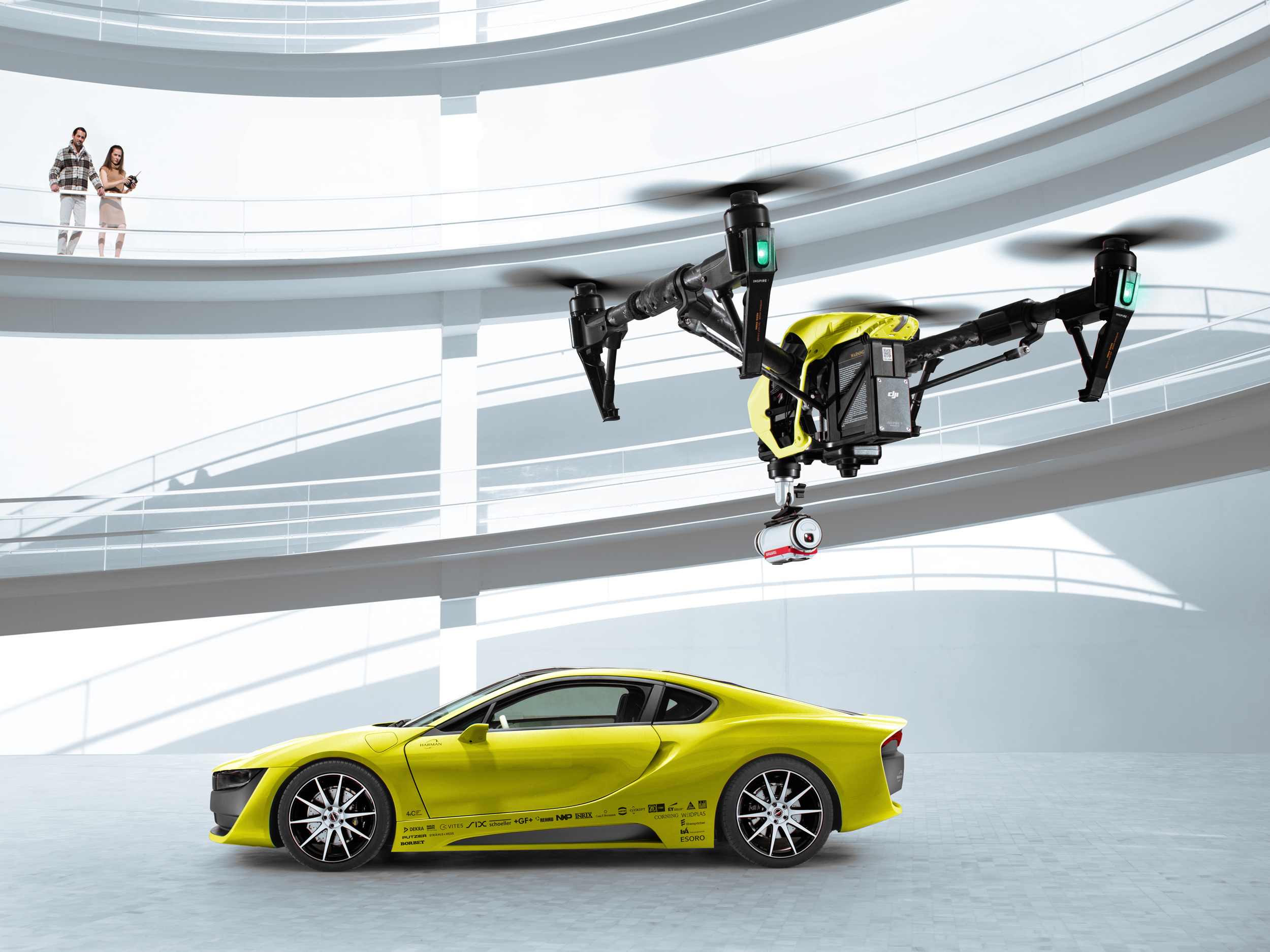
For the first time ever, Rinspeed is to debut a concept car outside of its Swiss homeland, choosing the Consumer Electronics Show (CES) in Las Vegas for the world premiere of its new autonomous Etos.
Rinspeed owner, Frank M. Rinderknecht, says: “The digital world will provide the major and above all the disruptive innovations in automotive engineering. That is why nowadays all major car manufacturers and suppliers are present at the CES Consumer Electronics Show.”
Based on BMW i8 underpinnings with design by the specialist team at 4erC, the Etos is described as a sustainable but also a fast racer.
The coupe bodywork utilises lightweight materials with an aluminum front structure bonded to a carbon fibre passenger cell, topped off with smartphone-style Gorilla glass for the roof.
The Etos is fitted with an on-board drone complete with landing platform in the rear (also made with Gorilla glass), fitted with 12,000 individually controlled LEDs which can transform it into an electronic message board or a visual dancefloor.
The drone itself can provide some very useful services, says Rinspeed, like picking up a bouquet of flowers ordered on the way home or shooting a selfie of your drive and streaming it live to your friends.
The technical highlight in the interior is the folding and retracting steering wheel from ZF TRW, which disappears into the dashboard in a few seconds, creating lots of space in front of the driver who can then read a book in comfort or work in a more relaxed atmosphere.
An intelligent infotainment experience, provided by Harman Connected Car technologies, gets to know the appointments, wishes and needs of the occupants and then proactively offers up tailored selection options accordingly.
This reduces the number of manual entries required but when necessary, the system responds to voice commands, gestures, touch input, controller or the push of a button.
A total of eight HD exterior cameras provide 180-degree panoramic views in front of the vehicle and behind, acting as virtual exterior mirrors with an expanded field of vision and no blind spots.
The Rinspeed Etos will make its global debut at the CES, from 5-8 January, 2016, as part of the HARMAN event in the Muse Hall of the Hard Rock Hotel in Las Vegas.
Its European premiere will follow at the Geneva Motor Show in March.
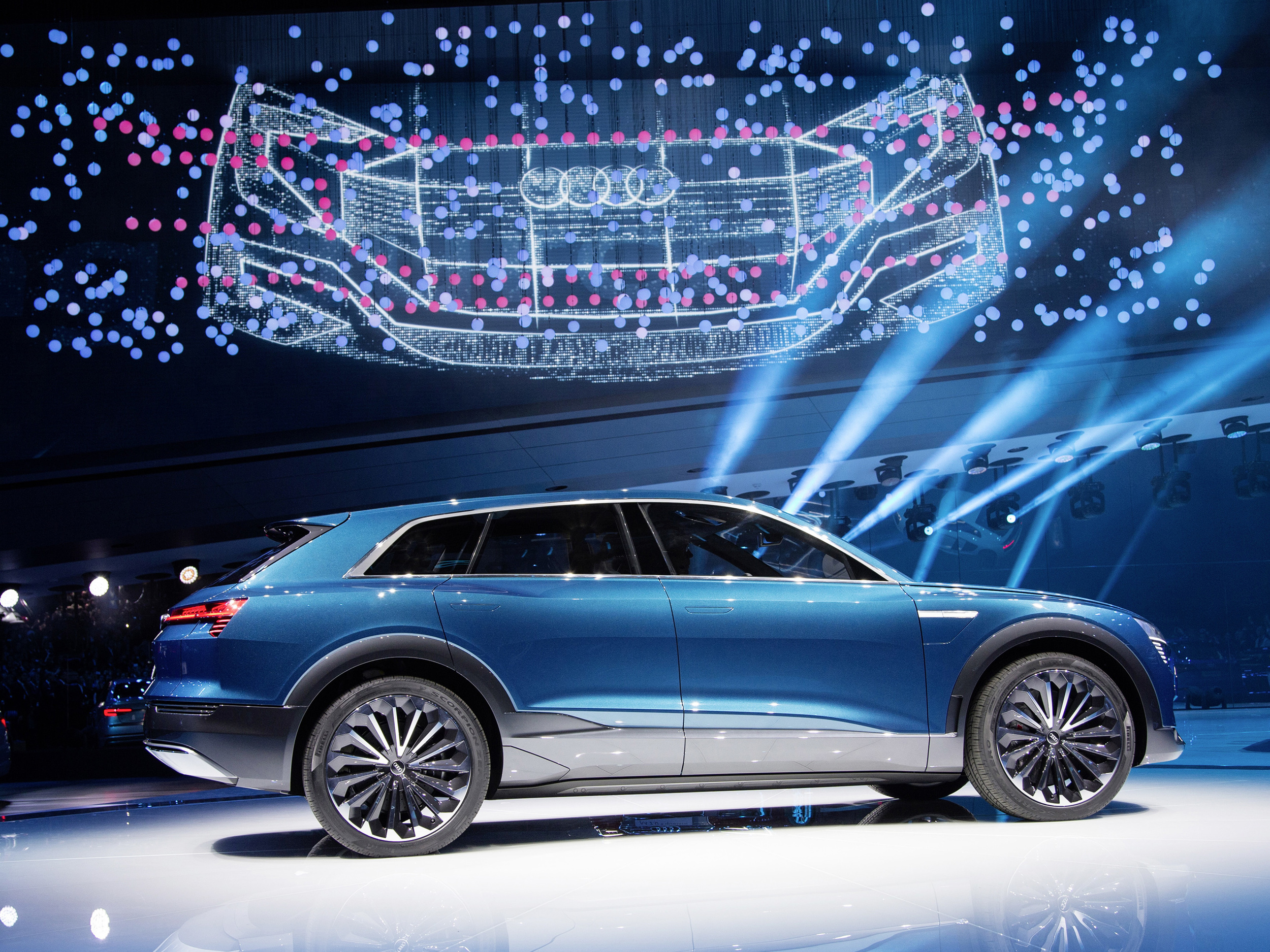
Audi set to attend world's largest electronics trade show for the sixth time
Audi is set to present its latest technologies and models at the International Consumer Electronics Show (CES) in Las Vegas next month.
Once again, the press conference on the first day of the show will be followed by the Audi Tech Talk, at which technology experts will be available to answer questions.
At the press conference, Ricky Hudi, Head of Development Electrics/Electronics, and Scott Keogh, President of Audi of America, will address the latest trends, technologies and products in the areas of infotainment and Audi connect, controls and displays as well as electrification and lighting technology.
With a concept car and numerous technology exhibits, Audi says it will be offering an outlook on the automotive future, which will be influenced more than ever by the electronics field.
At the Audi Tech Talk, which is open to the public, technology experts will offer an in-depth look at electronics development and will be available to answer questions from journalists and show visitors.
The world’s largest electronics trade show is highly significant for Audi. In 2011, it was the first carmaker to make an appearance at CES with its own exhibit space.
CES is being held in Las Vegas from 6-8 January, 2016.
Technology, Motorshow, Events, News

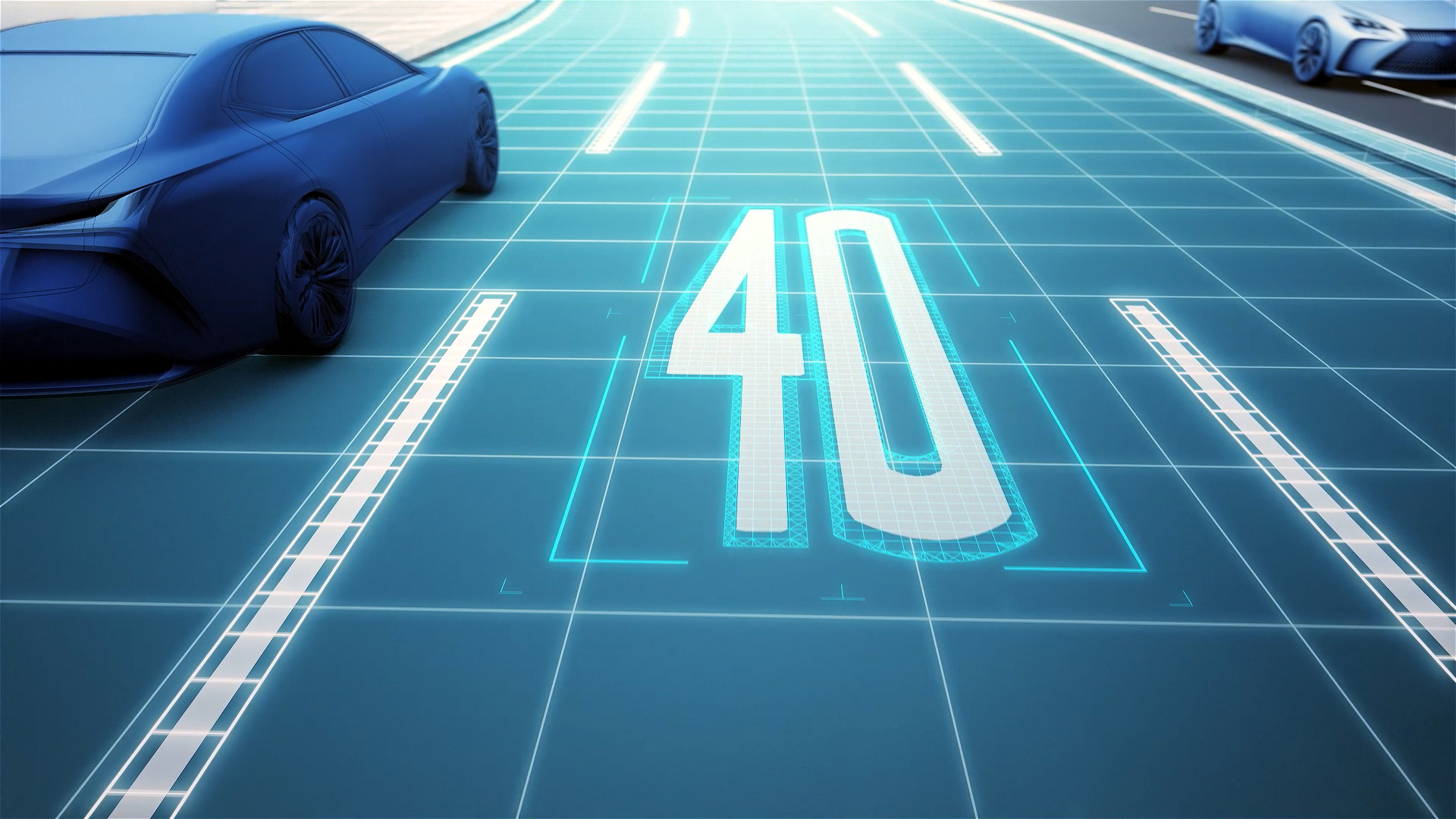
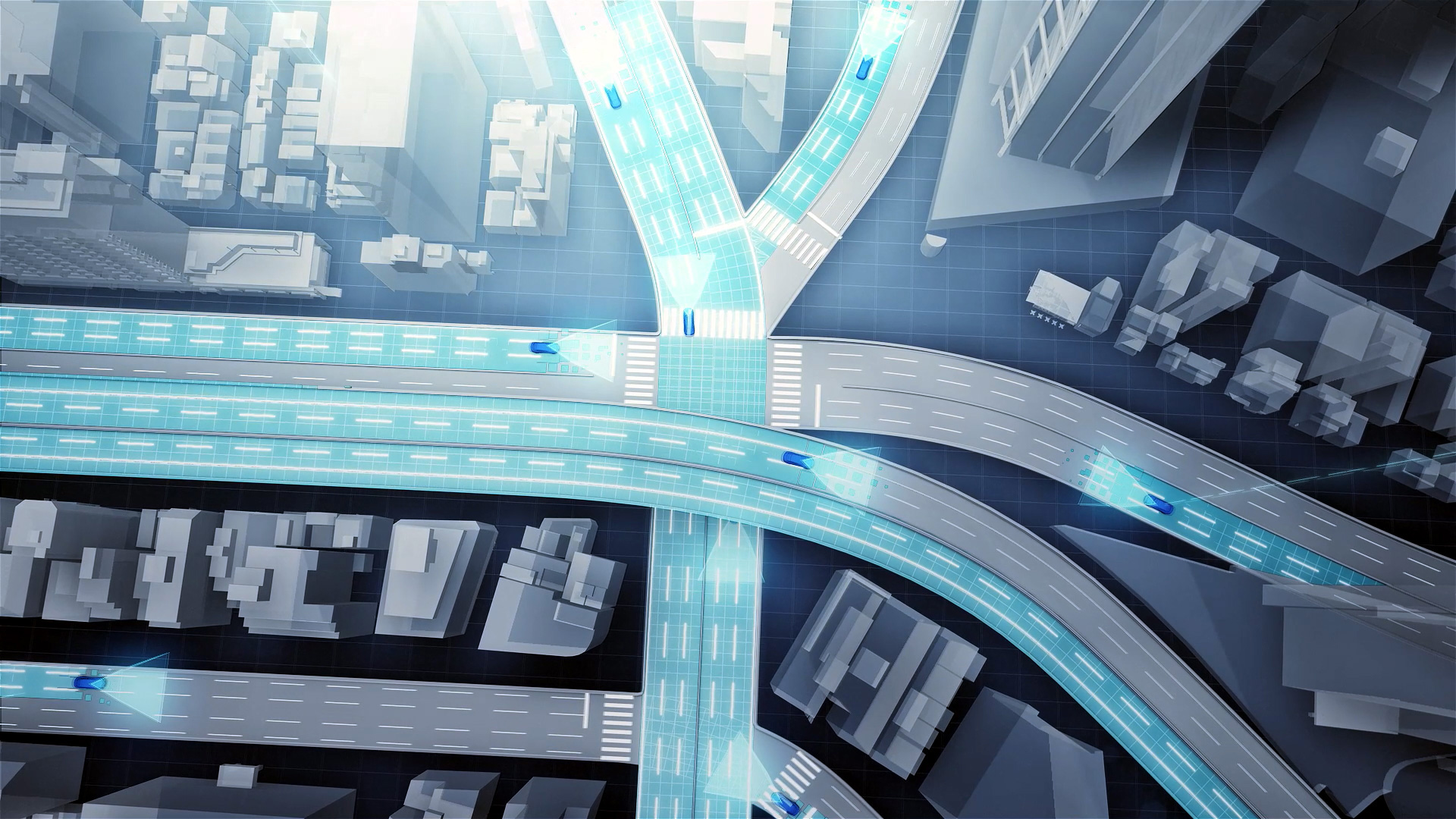
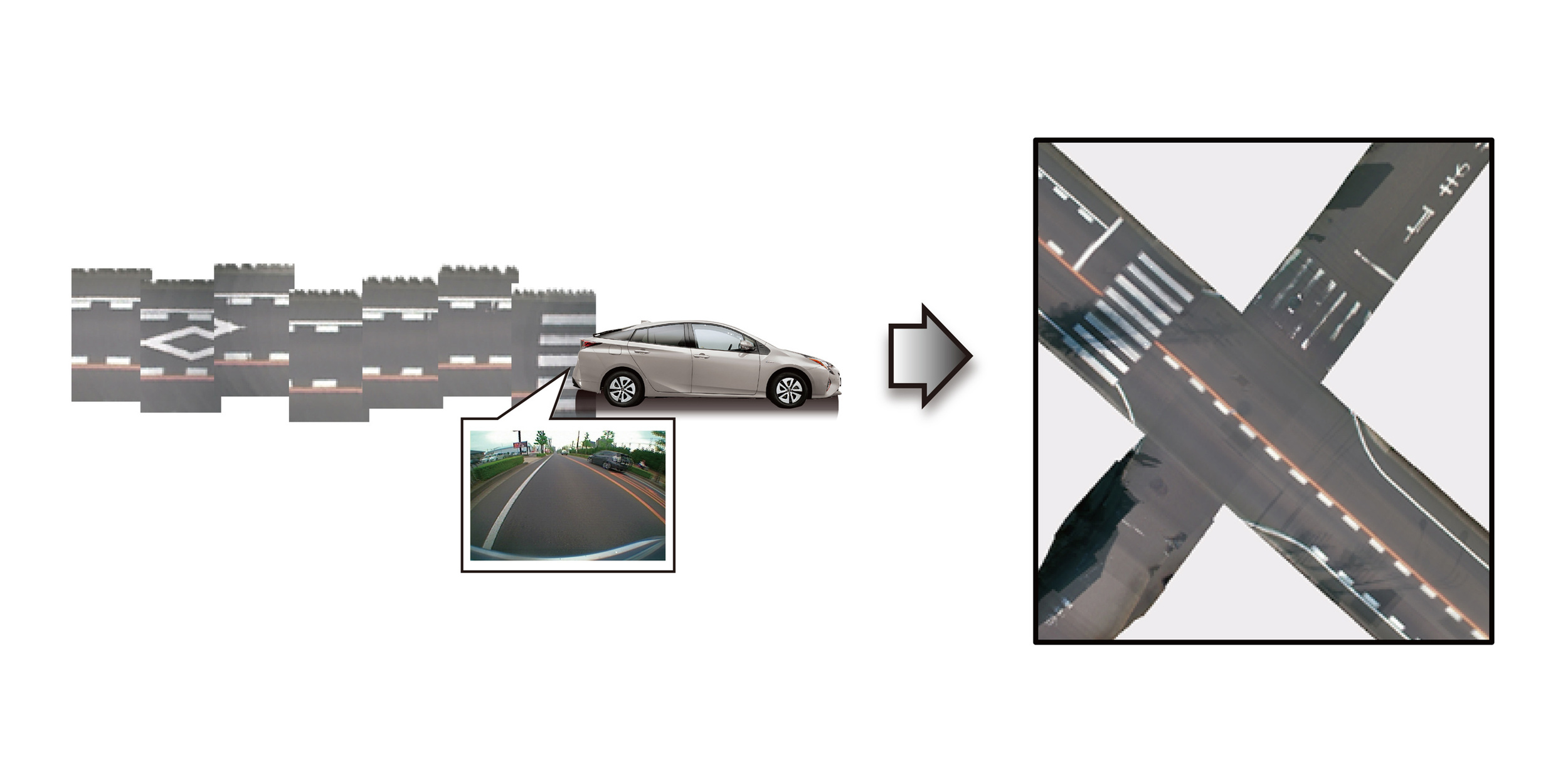
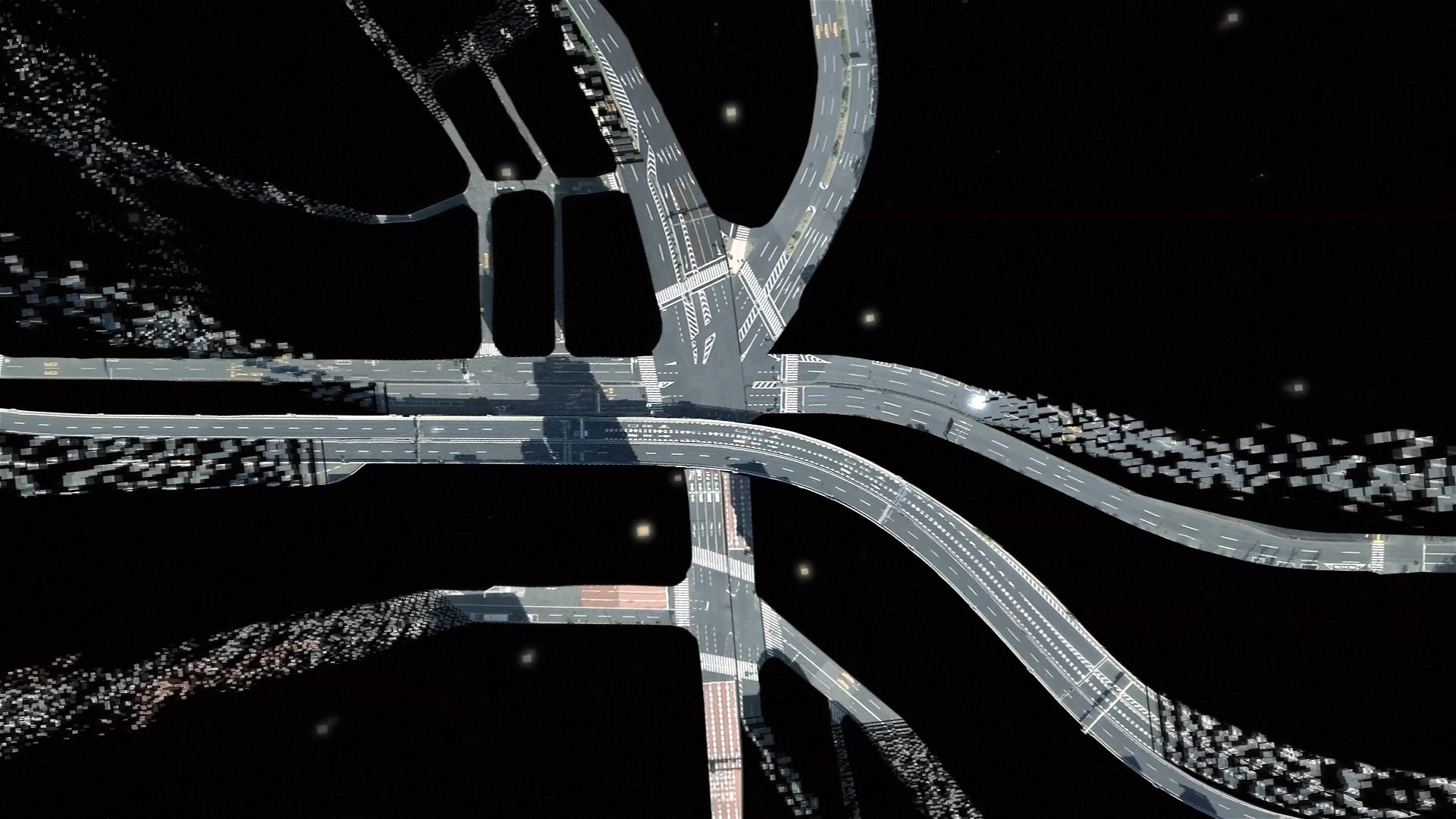
Toyota’s new high-precision map generation system to support the safe implementation of automated driving, is set to go on display at CES (Consumer Electronics Show) in January.
The new system will use data from on-board cameras and GPS devices installed in production vehicles. Road images and vehicle positional information is sent to data centres, where it is automatically pieced together, corrected and updated to generate high precision road maps that cover a wide area.
An understanding of road layouts and traffic rules (including speed limits and various road signs) is essential for the successful implementation of automated driving technologies. Additionally, high precision measurement of positional information requires the collection of information on dividing lines, kerbs, and other road characteristics.
Until now, map data for automated driving purposes has been generated using specially-built vehicles equipped with three-dimensional laser scanners. These vehicles are driven through urban areas and on highways, and data is collected and manually edited to incorporate information such as dividing lines and road signs. Due to the infrequent nature of data collection, maps generated in this manner are seldom updated, limiting their usefulness and they are also relatively costly to maintain.
Toyota's newly developed system uses automated cloud-based spatial information generation technology (developed by Toyota Central R&D Labs) to generate high precision road image data from the databanks and GPS devices of designated user vehicles. While such a system has a higher probability of error than one using three-dimensional laser scanners, positional errors can be mitigated using image matching technologies that integrate and correct road image data collected from multiple vehicles, as well as high precision trajectory estimation technologies. This restricts the system's margin of error to a maximum of 5 cm on straight roads. Utilising production vehicles and existing infrastructure to collect information, this data can be updated in real time. Furthermore, the system can be implemented and scaled up at a relatively low cost.
To support the spread of automated driving technologies, Toyota plans to include this system as a core element in automated driving vehicles that will be made available in production vehicles by around 2020. While initial use of the system is expected to be limited to expressways, future development goals include expanding functionality to cover ordinary roads and assist in hazard avoidance.
Toyota will also seek to collaborate with mapmakers to encourage the use of high precision map data in services offered by both the public and private sectors.
CES 2016 takes place in Las Vegas, from 6-9 January.
Concept Car, Events, Motorshow, SUV, Technology
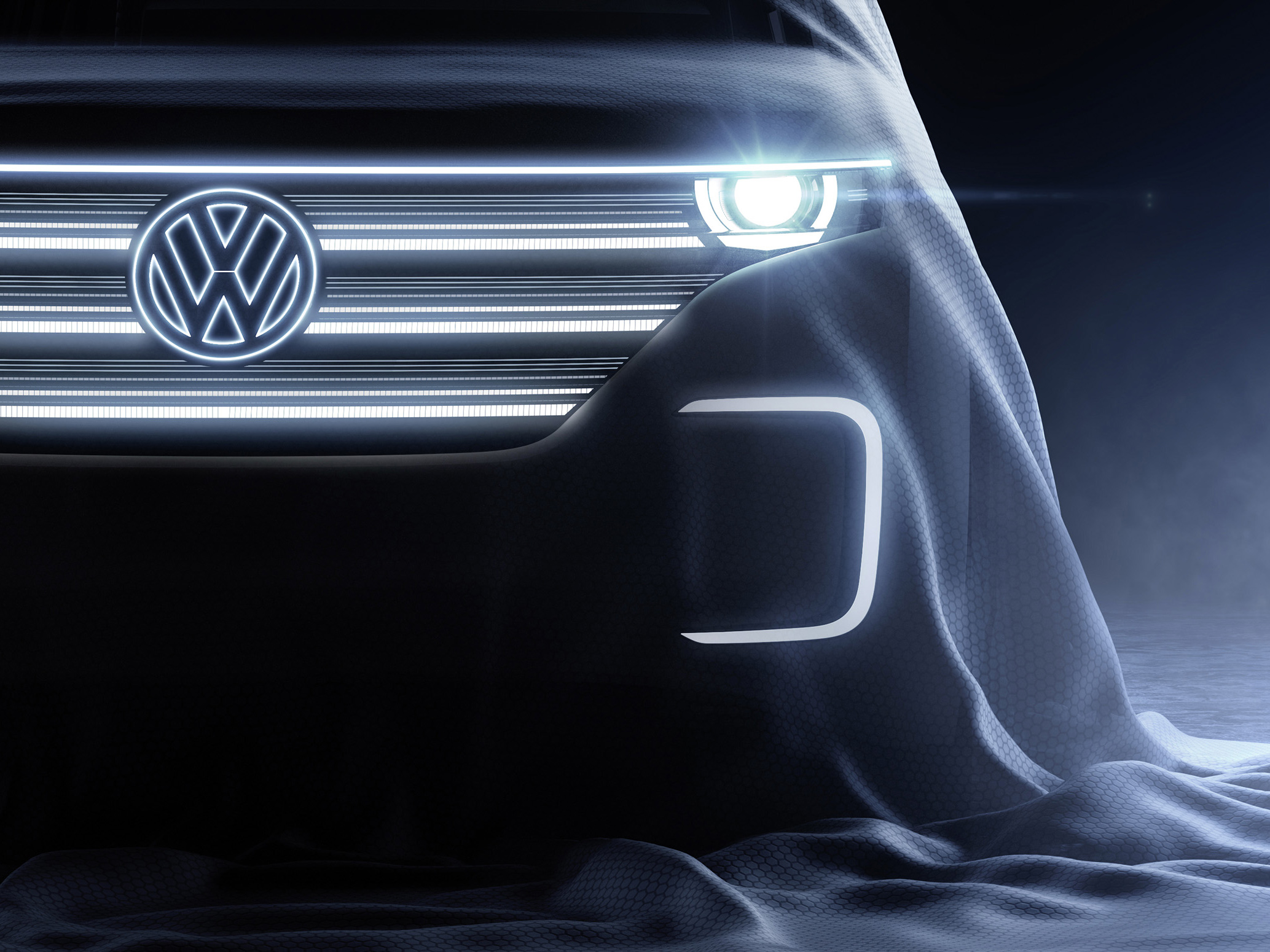
Volkswagen will present a completely new concept car at next month's Consumer Electronics Show, CES, in Las Vegas.
The concept is said to illustrate the major changes that the car is set to go through in the next few years, marking the beginning of a new era of affordable long-distance electromobility.
VW claims that innovative features will demonstrate the benefits to the customer that it will soon be able to deliver, thanks to the increasing interconnectedness of the motor car.
Dr Herbert Diess, Chairman of the Volkswagen Passenger Cars brand, will be the keynote speaker on the evening before the show opens its doors. The main focus of his speech will be on the latest developments in electromobility, as well as the next generation of connectivity.
Volkswagen's display will also preview the latest developments in in-car infotainment that are close to market launch, including innovations from the Golf R Touch concept car.
The CES has long been considered a barometer of the key trends in digitalisation and consumer electronics, presenting the latest products and services to more than 150,000 trade visitors every year.
CES 2016 takes place from 6-9 January in Las Vegas, USA.
Hybrid, Sports Car, News, Electric, Concept Car
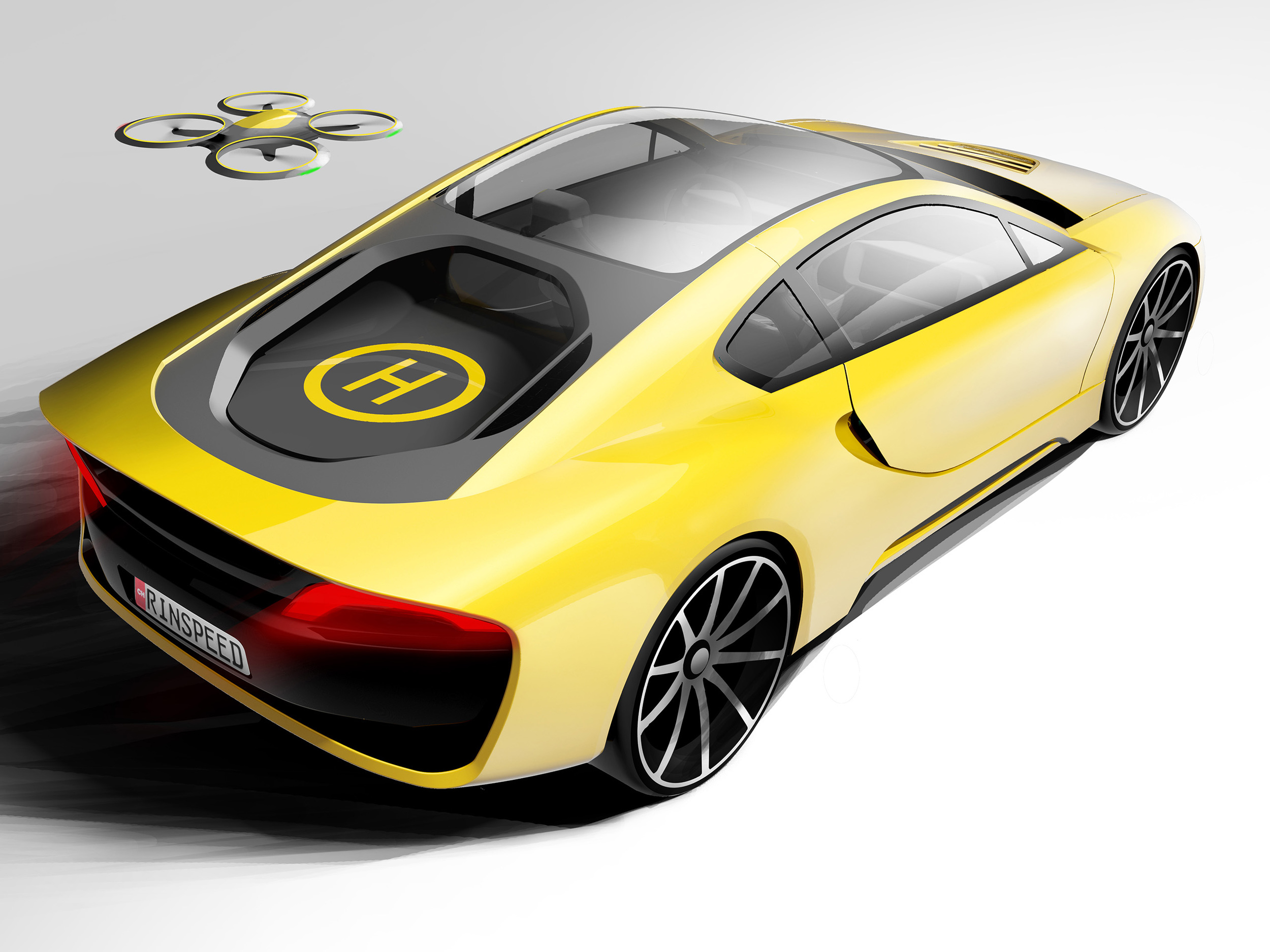
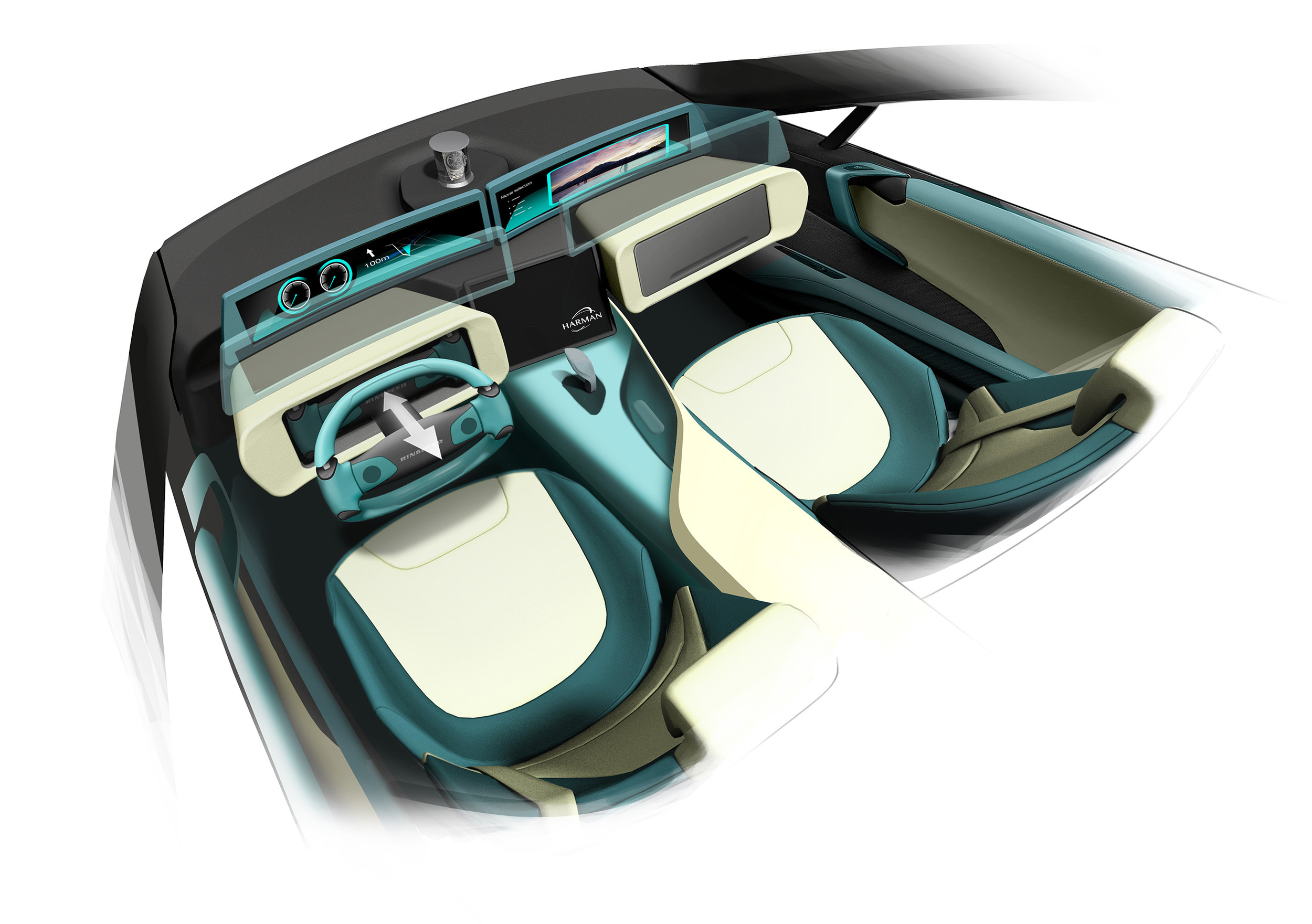
The hybrid sports car features a personal autopilot and drone on board. Frank M. Rinderknecht, the boss of Rinspeed said: "The major and especially the disruptive innovations in future automotive engineering will come from the digital realm. That is why all major manufacturers and suppliers are now present at the CES Consumer Electronic Show."
The Swiss company's approached to the topic of 'driverless cars' is largely from the point of view of drivers and passengers, and has generated a number of ideas including an 'intuitive, adaptive autopilot capable of learning'.
The new concept's interior adapts to the particular driving situation 'as if by magic' according to Rinspeed: In autonomous mode, the steering wheel folds up and retracts completely into the dashboard. The two curved widescreens individually move closer to the occupants to provide a better view.
To provide the passengers with a unique infotainment experience, the Etos uses Harman Connected Car technologies. Like a personal assistant, the system operates in a thinking, courteous and anticipatory manner. In addition, it delivers entertainment, connectivity and maximum safety.
The sporty hybrid is also fitted with its own drone that has its a landing pad on the rear end. The Swiss firm says the drone 'could fetch a bouquet of flowers the driver ordered online and even deliver it directly to the lucky recipient. It could also take a video of the wild ride on your favourite road and stream it live to friends'.
The 22nd concept vehicle designed in-house at the brands "innovation lab" also includes innovative surface finishes that are still completely alien to car designers, asking CES visitors to 'touch it, feel it - it's magic!'.
The CES Consumer Electronic Show Las Vegas runs from 6-9 January 2016.